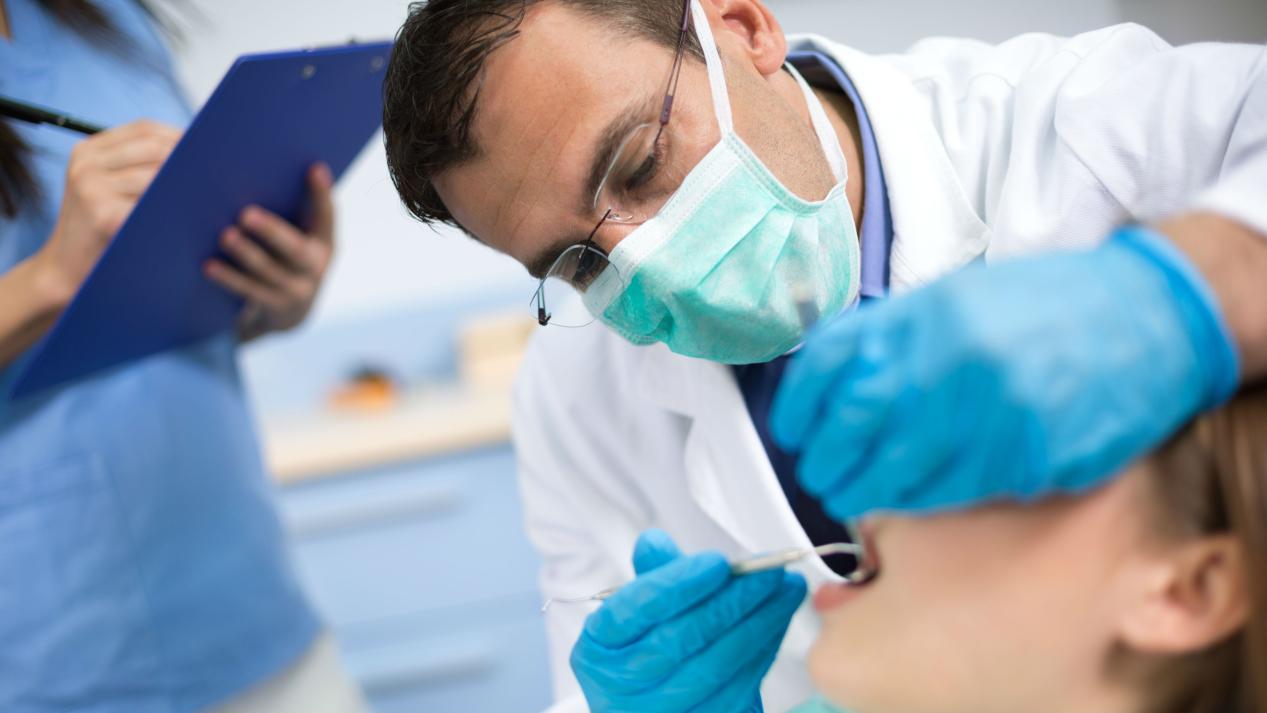How Can Dentists Use Command-Line Git to Automate Tasks?
In the modern dental practice, efficiency is key. With the increasing demands on dentists' time, finding ways to automate tasks can help streamline operations and improve productivity. One powerful tool that dentists can utilize for automation is command-line Git.

Benefits Of Using Command-Line Git For Automation
- Increased Efficiency: Command-line Git allows dentists to automate repetitive tasks, saving time and reducing manual errors.
- Improved Collaboration: Git facilitates collaboration among dentists, enabling them to share and track changes to patient records and treatment plans.
- Enhanced Data Security: Git provides a secure way to store and manage patient data, ensuring its integrity and confidentiality.
- Simplified Backup and Recovery: With Git, dentists can easily back up their data and restore it in case of system failures or data loss.
Prerequisites For Dentists
To effectively use command-line Git, dentists should have a basic understanding of Git concepts and terminology. Additionally, familiarity with a command-line interface (CLI) is essential. Dentists should also ensure that Git is installed on their computers.
Common Tasks Dentists Can Automate With Git
- Backing Up Patient Records and Dental Images: Dentists can use Git to automate the backup of patient records, including medical histories, treatment plans, and dental images.
- Managing Multiple Versions of Treatment Plans: Git allows dentists to create and manage multiple versions of treatment plans, making it easy to track changes and compare different options.
- Tracking Changes to Patient Records Over Time: With Git, dentists can track changes made to patient records over time, providing a detailed history of the patient's dental care.
- Collaborating with Other Dentists on Patient Cases: Git facilitates collaboration among dentists, enabling them to share and review patient records, treatment plans, and other relevant information.
Step-by-Step Guide To Automating Tasks With Git
- Create a Git Repository for the Dental Practice: Initialize a Git repository in a directory on the dentist's computer.
- Add Files to the Repository and Commit Changes: Add the necessary files, such as patient records, treatment plans, and dental images, to the Git repository and commit the changes.
- Use Git Commands to Automate Tasks: Utilize Git commands to automate tasks such as backing up data, versioning treatment plans, tracking changes to patient records, and collaborating with other dentists.
Tips For Dentists Using Command-Line Git
- Use Descriptive Commit Messages: Write clear and concise commit messages to make it easier to track changes and understand the purpose of each commit.
- Regularly Push Changes to a Remote Repository: Regularly push changes to a remote repository, such as GitHub or GitLab, to ensure data security and facilitate collaboration.
- Use Git Branching to Create Separate Versions of Treatment Plans: Create separate branches for different versions of treatment plans, allowing dentists to explore different options without affecting the main branch.
- Use Git Merge to Combine Changes from Different Branches: Merge changes from different branches into the main branch to integrate the best features and ideas.
Troubleshooting Common Issues
Dentists may encounter common errors while using command-line Git. It is important to address these errors promptly and seek assistance if necessary. Resources such as online tutorials, documentation, and support forums can provide valuable guidance.
Command-line Git is a powerful tool that dentists can utilize to automate tasks, improve collaboration, enhance data security, and simplify backup and recovery. By adopting Git, dentists can streamline their operations, increase efficiency, and provide better care to their patients.

YesNo

Leave a Reply